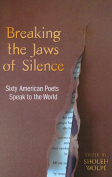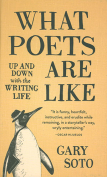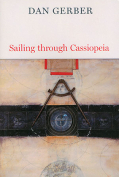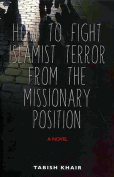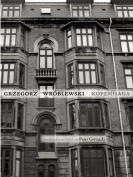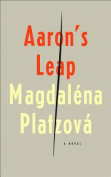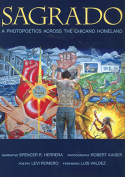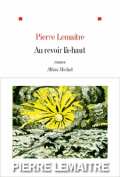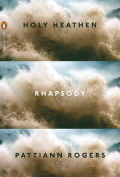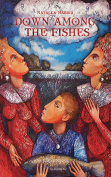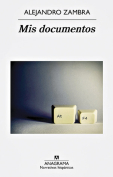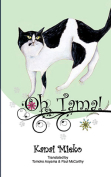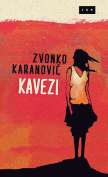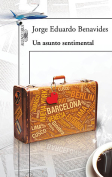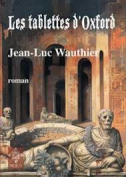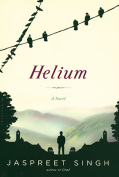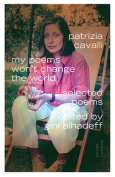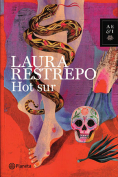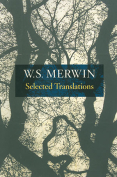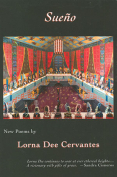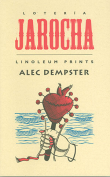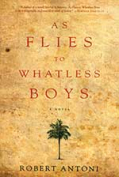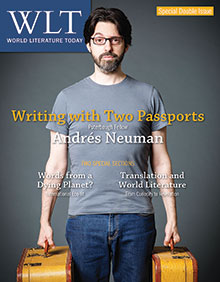Sagrado: A Photopoetics across the Chicano Homeland by Spencer R. Herrera
Luis Valdez, foreword. Robert Kaiser, photography. Levi Romero, poetry. Albuquerque. University of New Mexico Press. 2013. ISBN 9780826353542
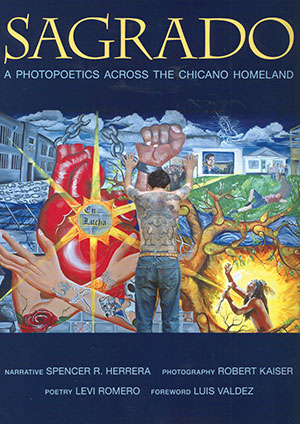 This book by Spencer R. Herrera, coauthored by poet Levi Romero and with photography by Robert Kaiser, tells the remarkable story of a cruise through the United States Southwest by two professors and a photographer artist, an itinerant trio led by a compass of cherished writers—Rudolfo Anaya, Tomás Rivera, and, among others, Octavio Paz—and pulled by the ideal of another America and by what Herrera calls the elusive Chicano notion of culture and identity. Their mission is to experience the sagrado (sacred), a space that materializes when two or more people gather in the name of community, be it in the plaza, in the local cemetery, or down the road.
This book by Spencer R. Herrera, coauthored by poet Levi Romero and with photography by Robert Kaiser, tells the remarkable story of a cruise through the United States Southwest by two professors and a photographer artist, an itinerant trio led by a compass of cherished writers—Rudolfo Anaya, Tomás Rivera, and, among others, Octavio Paz—and pulled by the ideal of another America and by what Herrera calls the elusive Chicano notion of culture and identity. Their mission is to experience the sagrado (sacred), a space that materializes when two or more people gather in the name of community, be it in the plaza, in the local cemetery, or down the road.
Herrera reflects on his readings of Octavio Paz’s The Labyrinth of Solitude, a book that reminds us that a country is not represented by a racial community or a culturally homogenous people but by the coexistence of mutually enriching cultures and different peoples who oftentimes carry the “other” in their innermost selves, as is the case of Chicanos with names such as Spencer and Levi and a photographer who has the “face of a gringo [. . .] but the heart of a Chicano.”
Their “photopoetic” journey results in a creative mix of images and moving discourses expressed in three different art forms: the essay, poetry, and the snapshot, with Herrera’s wistful and insightful narrative as the guiding meditation through a personal labyrinth, recalling his early youth in Texas, his teenage travels across the border to Michoacán, Mexico City, and Veracruz, his “migration” to New Mexico, and his lifelong desire to see Chicano superheroes save the day, fall in love, or be known as contributors to society. The real superheroes, however, appear in this book in humble plazas and barrios as farm workers; in fraternal gatherings of patriotic elderly Chicano war veterans; as an infant girl dressed as an Aztec princess next to a boy garbed as a Mexican charro; a proud Mexican father embracing his teenage son who holds a trophy with filial joy; and, next to other memorable images and accompanying poems, a friar on a barren hill blessing a would-be Juan Diego.
This book takes us to Arizona, where the cruelest American heat is felt, and in search of another superhero: Pancho Villa. His contemporary incarnation finds embodiment in Carlos Luis, a Pascua Yaqui known locally as Pancho Villa: he is photographed against the Tucson sky and near the historic mission of San Xavier del Bac, founded in 1692 by Eusebio Francisco Kino. An Italian Jesuit, theologian, and geographer, Kino is remembered in the Native American Southwest for his cultural and spiritual legacy. A veteran of the army’s Airborne Division and now homeless, broke, and alone, Luis appears in Robert Kaiser’s photograph with the scars of experience on his stoic and proud face, standing on the land of his Yaqui ancestors and holding onto a small figure of a saint as his sole possession on earth. Pancho Villa teaches the authors and the reader one important lesson: what we were searching for—a home, ourselves, a sense of community—was within reach all along.
Roberto Cantú
California State University, Los Angeles
